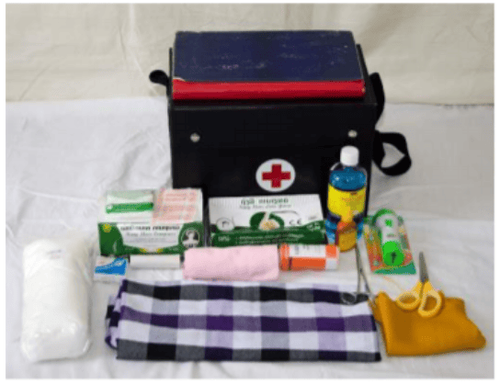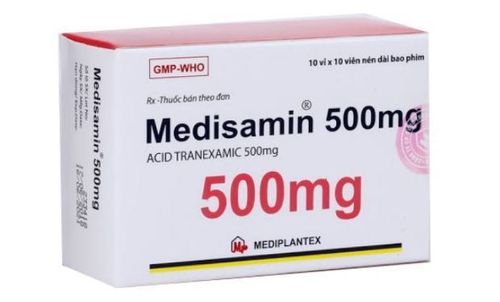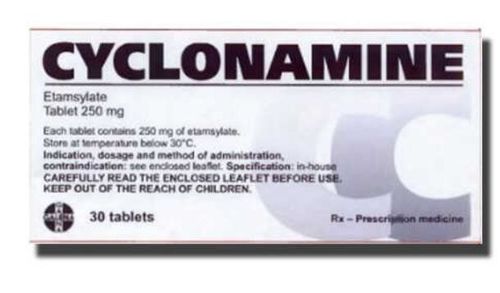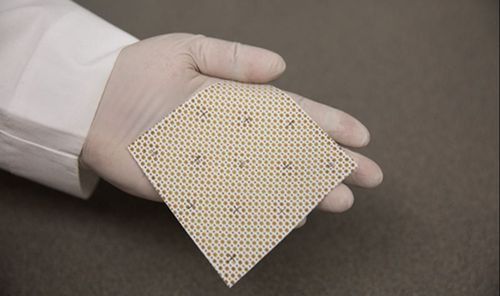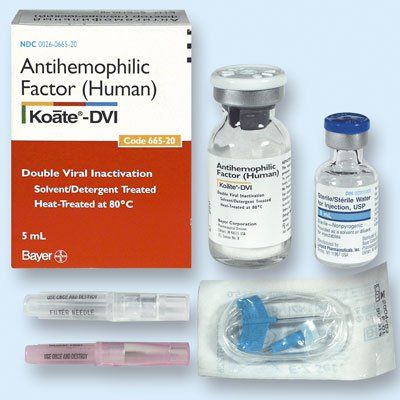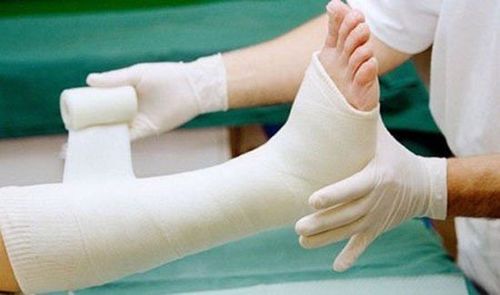This is an automatically translated article.
The article was professionally consulted by Specialist Doctor I Huynh Kim Long - Emergency Resuscitation Doctor - Emergency Resuscitation Department - Vinmec Da Nang International General Hospital. Dr. Huynh Kim Long has extensive experience in the treatment of Resuscitation - Emergency and Acute Stroke in adults.1. Why is rapid hemostasis important?
In daily life, sometimes we cannot avoid the causes of bleeding such as knives, scissors ... or pressure objects. Before performing temporary hemostasis, it is necessary to determine whether the damaged blood vessel is arterial, venous, or capillary.If it is an arterial wound, you can see a lot of blood, spurts, strengthens with the pulse and bright red blood (except for pulmonary artery wounds).
Venous wounds have the following characteristics: the flow rate is slower than that of arterial wounds. If the major veins are injured, the blood will flow profusely and evenly over the wound surface. Blood is dark red.
Wounds causing capillary bleeding are common in small, shallow wounds, bleeding is usually small and can stop on its own.
Acting quickly to stop the bleeding is important because every second delay adds to the loss of health, causing the victim to lose a lot of blood, which can lead to shock and death.
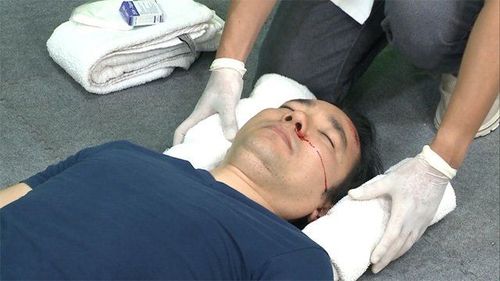
2. Note when you need to stop bleeding quickly
When providing temporary hemostasis first aid, measures should be taken according to the nature of the wound, not recklessly, especially when deciding to place a tourniquet. Garo is a temporary hemostatic measure commonly applied in wounds of the extremities with massive bleeding.Some principles of rapid hemostasis by garo are as follows;
Absolutely do not put the tourniquet directly on the victim's wound but 2cm above the edge of the wound (for small wounds), 5cm for large wounds. Note that the force of the garo column is not too loose or too tight (only the tourniquet is enough to stop bleeding). Every 60 minutes, the tourniquet must be loosened from 1-2 minutes. Always monitor when placing the tourniquet, avoid leaving the healing limb below the wound in a prolonged state of undernourishment.

3. Some quick hemostasis techniques
Compression Bandage Temporary hemostasis technique by applying pressure directly to the wound with a bandage (if available) or a clean cloth (eg, handkerchief, towel) or around the wound for deep foreign body wounds , when pressed directly cannot stop bleeding.A layer of gauze and absorbent cotton are placed to cover the wound, then a layer of fatty cotton (with elastic and waterproof effect) is placed on top, the thicker it is, the higher the compression will be.
Bandage is still the technique of pressure dressing, but with additional gauze wicks to insert the button into the wound. The tighter the button is inserted, the greater the pressure and the better the hemostatic effect. The method of rapid hemostasis with a stopper is suitable for deep arterial bleeding wounds or specific areas of the body (such as the neck, pelvis).
Use hemostatic forceps to insert sterile gauze (preferably pre-stitched into 2 cm x 50 cm long wick rolls) stuffed deep into the bottom of the wound, press firmly to have the effect of pressure, stop bleeding and then apply pressure as above.
The disadvantage of the button dressing technique is that when inserting the gauze wick, it is possible to accidentally introduce both foreign bodies and crushed tissues deep into the wound, contaminating the wound.
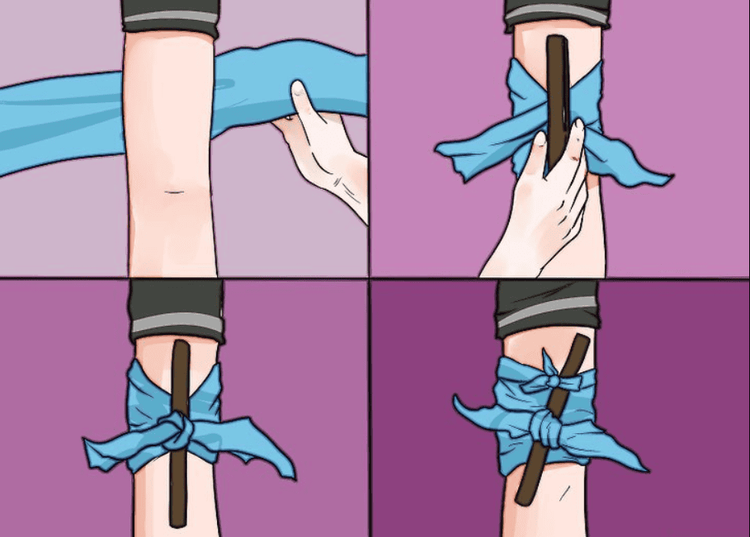
Arterial compression Technique of hemostasis of arterial pressure uses a finger to press firmly on the artery on the path of the artery from the heart to the wound in order to apply pressure between the finger and the bone base on the artery. This temporary hemostasis is very effective, painless, and does not cause circulatory disturbances in the injured limb, but requires a thorough understanding of the anatomy of the arteries by the technician.
This method has the disadvantage of not being able to hold for a long time because the presser quickly gets tired. Therefore, this is only the first aid hemostasis of a nurse for a wound with moderate or large arterial bleeding. Next, more durable measures are applied to ensure hemostasis and transfer the victim to the back.
Please dial HOTLINE for more information or register for an appointment HERE. Download MyVinmec app to make appointments faster and to manage your bookings easily.





